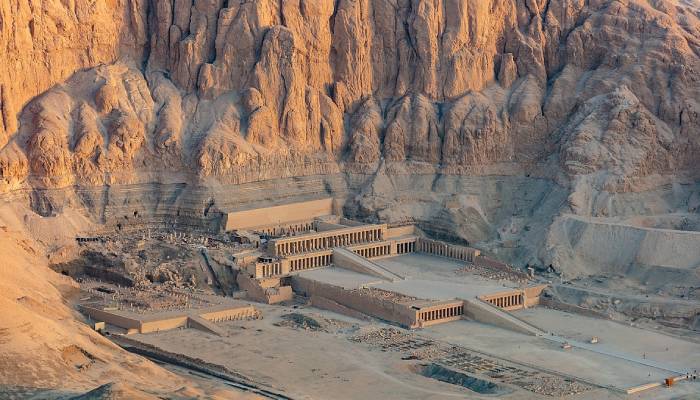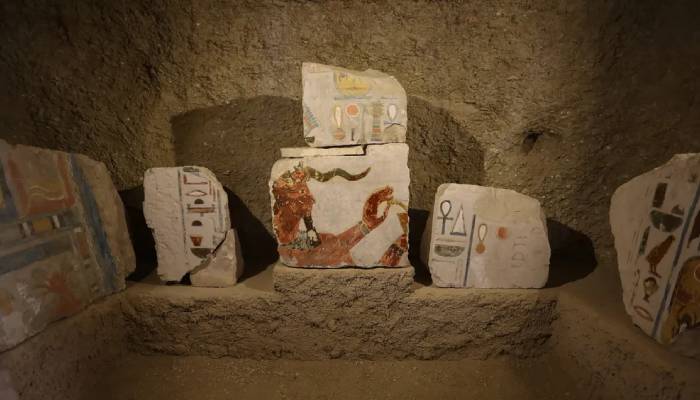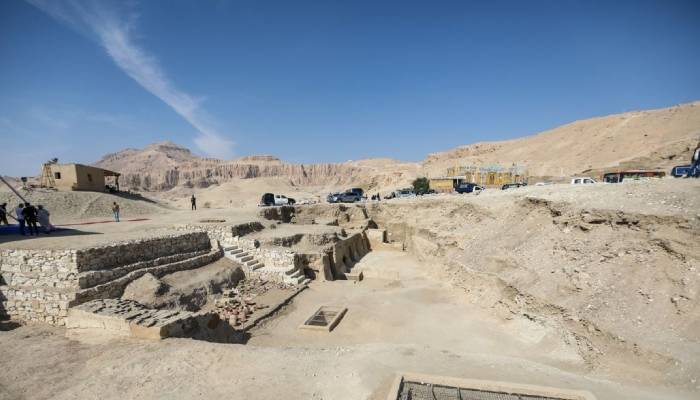
Archaeologists in Egypt have unearthed around 1,500 stone blocks that were part of Hatshepsut’s valley temple, located near her funerary temple in Luxor.
As per Smithsonian Magazine, these blocks, decorated with colourful scenes, likely formed the foundation wall of the temple.

Mohamed Ismail Khaled, secretary-general of Egypt’s Supreme Council of Antiquities, said in a statement, noting, “These remarkable blocks retain their vivid colors and offer a glimpse into the artistry of the period.”
Archaeologists also found different tools, including chisels, a wooden hammer, an adz, and a wooden mold for making mud bricks.

As per the reports, these tools were likely buried during the construction of the temple.
Excavations also uncovered a limestone tablet that bears the name of Senmut, who was Hatshepsut’s architect and oversaw the construction of the temple.
Aidan Dodson, an Egyptologist at the University of Bristol who was not involved with the research, told Live Science, “For me, the most important is the discovery of the blocks from the valley temple of Hatshepsut. Her main temple has been extensively excavated and studied since the mid-19th century, [but] the valley temple was only briefly examined by Howard Carter some 120 years ago.”
However, experts are continuing to examine the artifacts and hope that their findings will provide new information about Hatshepsut’s life and her lasting impact.
















